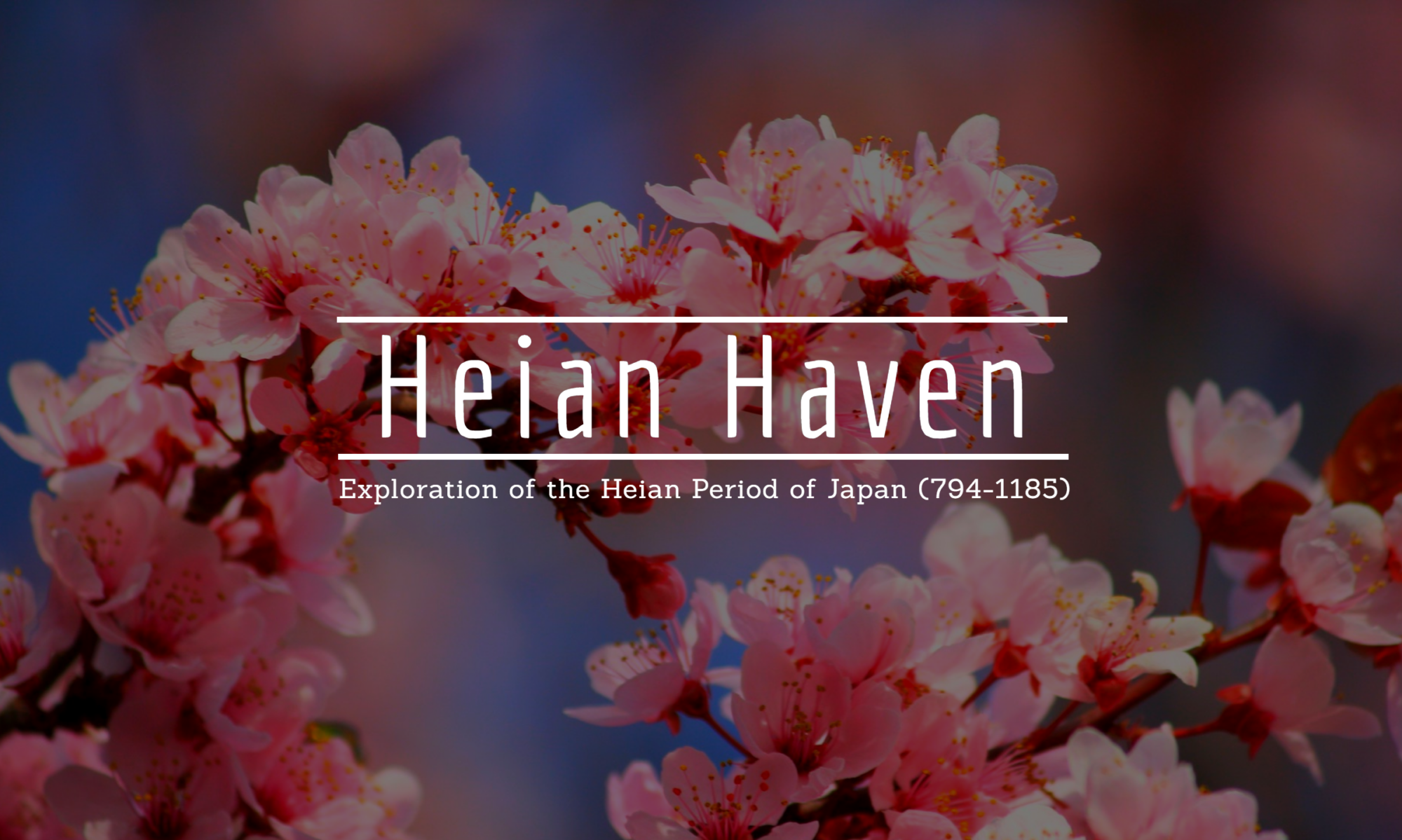“Sew seams at 0.8cm. Seam allowance is 0.2cm.”
Umm…What?
I’ve spent today trying to translate the instructions for the men’s undergarments and the women’s hitoe (the green layer in the museum images).
There is no standard seam allowance. 0.8, 1, and 1.5cm all are used.
There’s an instruction to “add glue and twist”.
That’s right, glue and twist. But what? A teeney rolled hem but with glue instead of thread? Is that how the raw edges of the overlap panel (okumi)are finished? This is not something I can learn in the next month. So here lies the day I made another choice to be less accurate so that I can actually make the project.
It’s possible that the 0.2cm has something to do with the seam treatment of the hitoe. The instructions translate to something along the lines of “fold seam into triangle”. I can tell from the image it’s a seam treatment, but I’ve no clue how to do it. Ok, now thinking about it, the hitoe is mostly marked (possibly thread marked?) at 0.8cm and then maybe stitched with 0.2? Maybe that’s a better translation.
The translation I get does shift a little too, so I’m going to keep revisiting it. I’m using Google Lens to translate. I’ll seek out another app or two and see what kind of translations I get from them before starting on the hitoe.
For now I think I’ve decided to use the men’s undergarments as a guide for the seam allowance for the kosode as it is also an undergarment. They both use 1 cm. So I’ll be using 1cm or 0.4inches.
I did read something in the instructions for the men’s undergarments that the stitch length should be 0.2-0.3cm. So I’m aiming for 10 stitches per inch. For comparison, the tiny stitches for the mushi no tareginu (curtains) are approximately 20 stiches per inch.
This is still going to be rather small stitching.
